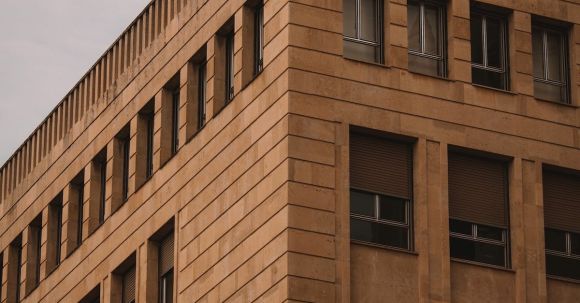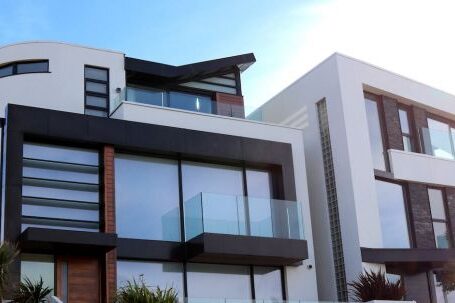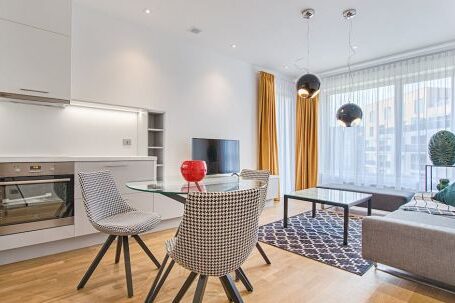In a world where climate change and environmental degradation are becoming increasingly urgent issues, architects and designers are stepping up to the challenge of creating sustainable buildings that not only minimize their environmental impact but also push the boundaries of what is possible in terms of design and innovation. Sustainable architecture is no longer just about energy-efficient buildings or incorporating green technologies; it is about reimagining the built environment and finding creative solutions to build a more sustainable future. This article explores some of the ways architects are pushing the boundaries of sustainable architecture.
Reimagining Materials
One of the key ways architects are pushing the boundaries of sustainable architecture is by reimagining materials. Traditional building materials like concrete and steel have significant environmental impacts due to their high embodied energy and carbon emissions. However, architects are now experimenting with alternative materials that are more sustainable and have a lower environmental impact. For example, some architects are using recycled or reclaimed materials, such as reclaimed wood or salvaged bricks, to create unique and environmentally-friendly buildings. Others are exploring the use of innovative materials like bamboo or mycelium, a type of fungus, which can be grown into building materials that are strong, lightweight, and biodegradable.
Net-Zero Energy Buildings
Another way architects are pushing the boundaries of sustainable architecture is by designing net-zero energy buildings. These buildings generate as much energy as they consume, making them highly energy-efficient and environmentally friendly. They achieve this through a combination of energy-saving measures, such as insulation and efficient HVAC systems, and renewable energy technologies like solar panels or wind turbines. Net-zero energy buildings not only reduce carbon emissions but also demonstrate that it is possible to design and construct buildings that are entirely self-sufficient in terms of energy.
Biophilic Design
Biophilic design is an approach that seeks to connect buildings with nature and create spaces that enhance people’s health and well-being. It incorporates natural elements, such as plants, water features, and natural light, into the built environment to create a more harmonious and sustainable living or working space. Architects are increasingly incorporating biophilic design principles into their projects, recognizing the numerous benefits it can bring, including improved air quality, reduced stress levels, and increased productivity. By blurring the boundaries between indoor and outdoor spaces and bringing nature into the built environment, architects are creating buildings that are not only visually appealing but also contribute to a more sustainable and healthy way of living.
Adaptive Reuse
Adaptive reuse is the process of repurposing existing buildings for new uses, rather than demolishing them and constructing new ones. This approach not only reduces waste and preserves cultural heritage but also has significant environmental benefits. By reusing existing structures, architects can reduce the demand for new building materials and minimize the carbon emissions associated with construction. Moreover, adaptive reuse projects often breathe new life into neglected or underutilized buildings, revitalizing neighborhoods and creating vibrant and sustainable communities.
In conclusion, architects and designers are pushing the boundaries of sustainable architecture by reimagining materials, designing net-zero energy buildings, incorporating biophilic design principles, and embracing adaptive reuse. These innovative approaches not only minimize the environmental impact of buildings but also create spaces that enhance people’s health and well-being. As the urgency to address climate change and environmental degradation grows, sustainable architecture will continue to evolve and push the boundaries of what is possible, leading us towards a more sustainable and resilient future.





